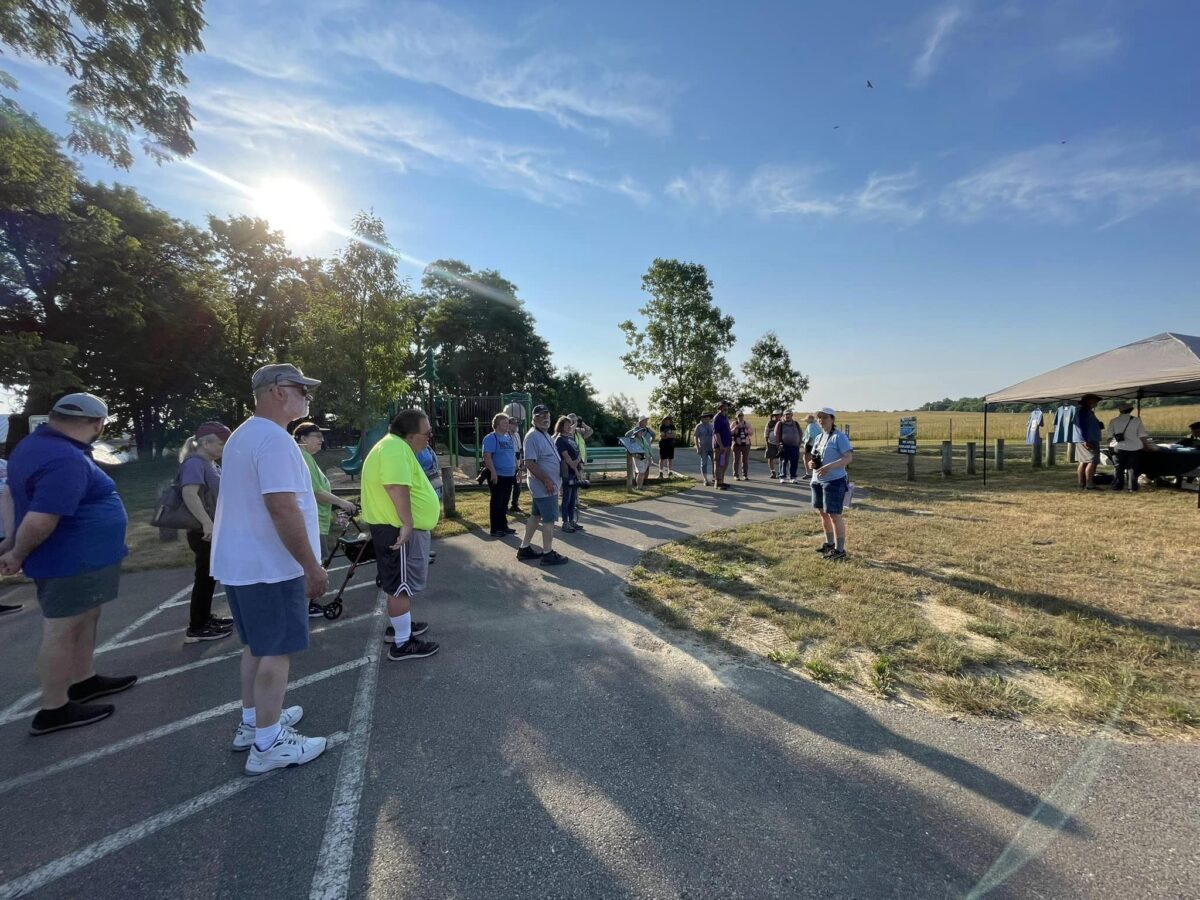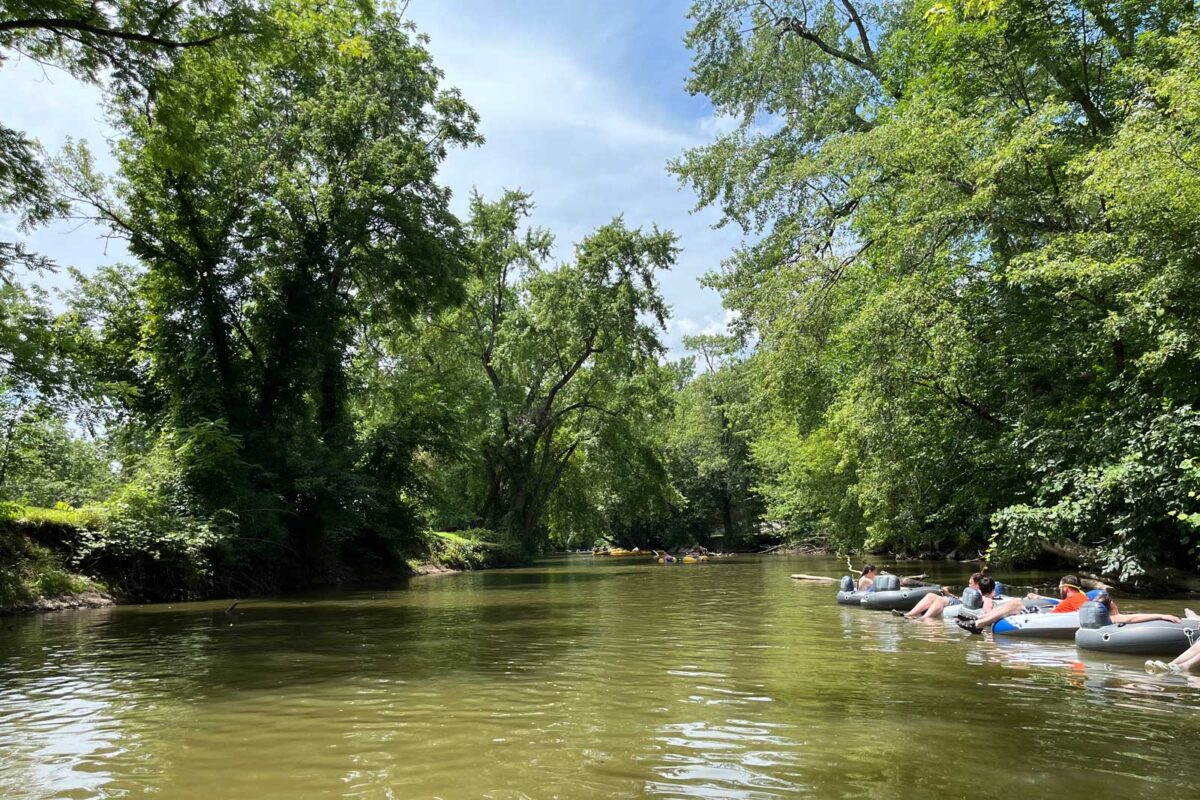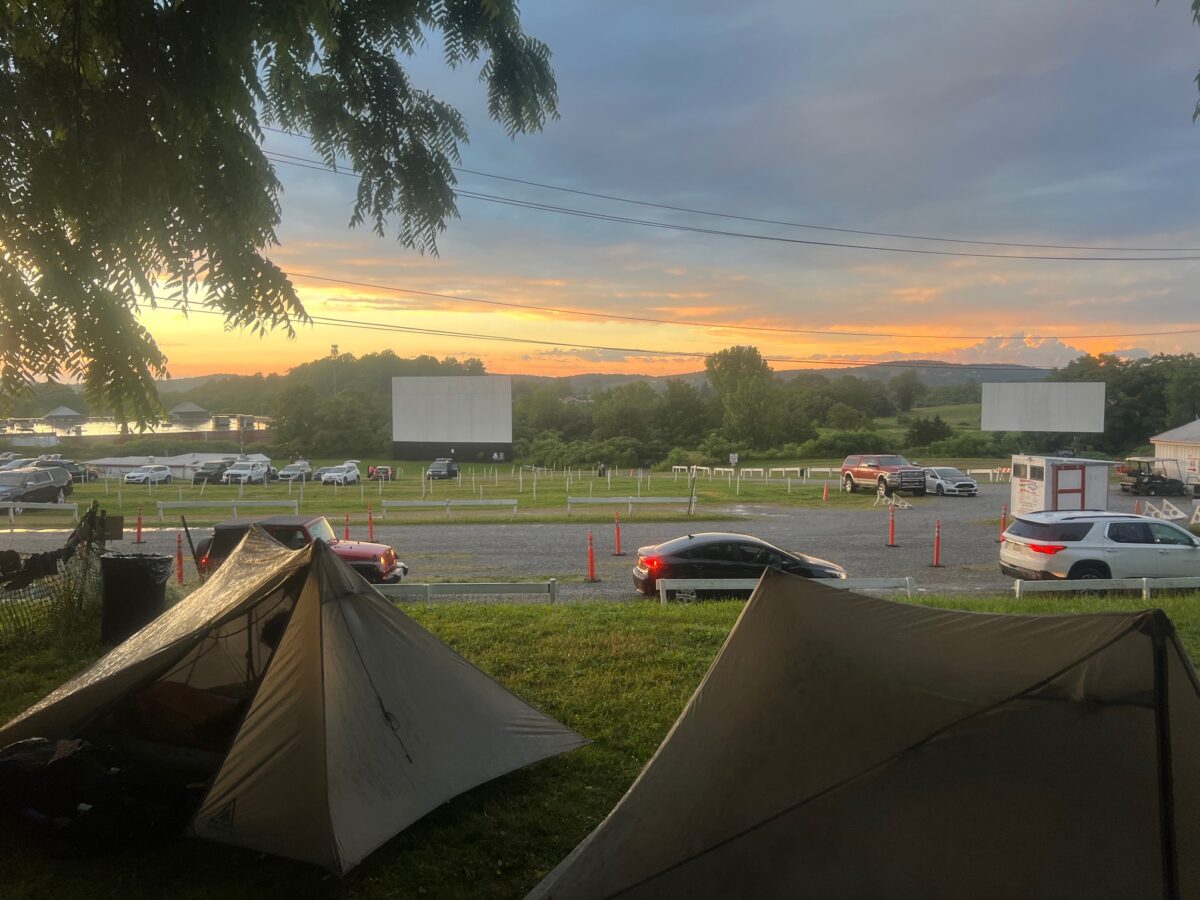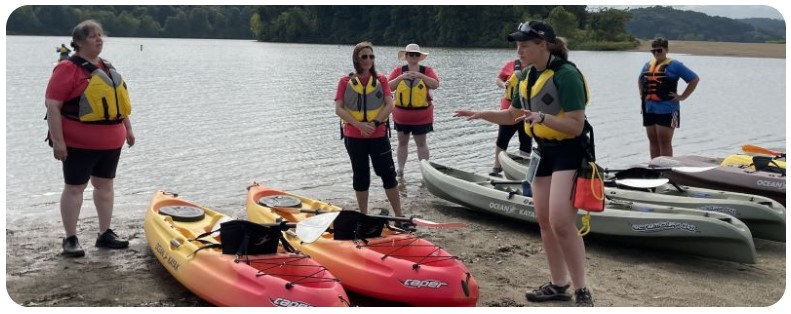ASHLAND – June and July are active months for citizen science projects.
Check out what the Greater Mohican Audubon Society has been up to this summer.
Purple Martin Houses
Have you seen the white gourds at Byers Woods and Tom Kruse Park? These are Purple Martin houses.
America’s largest swallow species, the martins depend on artificial houses to nest. You can help Purple Martins by building or sponsoring houses near wetlands.
It may take a few years for birds to colonize a new house, but they will return every year once established.
The Greater Mohican Audubon Society maintains two nest towers at Byers Woods Park, where more than 100 birds fledged this year.
Don’t have a wetland or pond nearby? You can still help cavity-nesting birds like bluebirds, house wrens, and tree swallows by setting up and maintaining bluebird boxes.
Bobolinks & Butterfly Festival
Seventy people attended the festival at the end of June, despite the extreme heat. Plenty of birds and butterflies were on display, including 14 Bobolinks.
Participants were able to learn about the many unique habitats and wildlife throughout the park.
Many had an opportunity to see a Bobolink for the first time and win prizes like binoculars, field guides, and bird-themed toys.
“I love seeing all the new families and new bird enthusiasts come to the festival to see the Bobolinks,” said GMAS treasurer Adrienne Krizan.
The festival also introduced a very popular self-guided nature tour this year that highlighted the park’s many natural features.
“We are also celebrating Ashland County for having had the foresight to take a closed landfill and make it an attraction to humans and wildlife,” said GMAS secretary, Louise Fleming-Dufala.
North American Butterfly Count
It’s not just about birds! GMAS also volunteers for the North…


 via
via 





 REUTERS/Russell Cheyne
REUTERS/Russell Cheyne 

